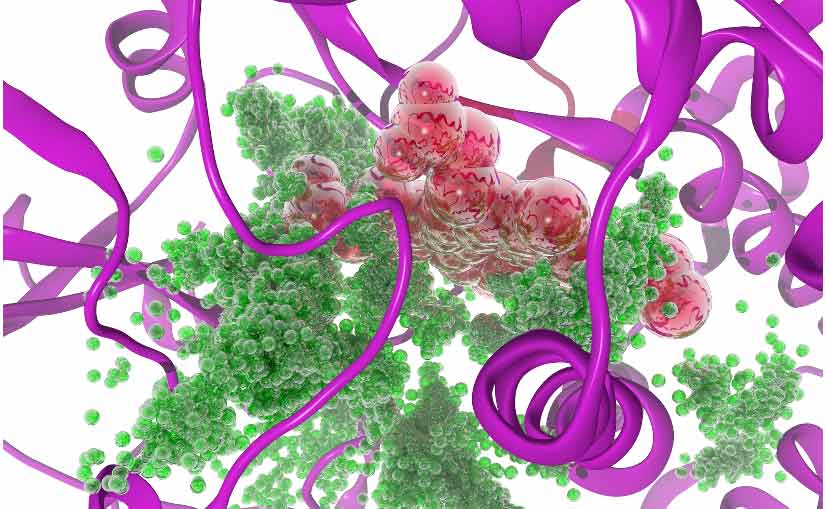Retirement home grease trap leaking
This is what I know about retirement home grease trap leaking. Pretty much everyone has had a leaky ice cream cone that made a mess out of their clothes. It was probably a waste of money just to eat half of the ice cream. This may have taught children to examine their cones and cups before they ask the ice cream man
to fill them up. This careful attitude should be carried over to adulthood so that defective products don’t cost a fortune.
Owners of retirement homes should be very careful in choosing which components they install in their premises. As a followers of the grease ordinance,
the grease traps they order should be free of any defects and should be made of durable material. It should be installed by
professionals who have experience in the trade so that physical damage to the grease trap can be avoided. Retirement home grease trap leaking is a frequent occurrence.
This is a result of negligence, overconfidence in the unit installed, and using corrosive additives to clean the grease trap.
There are millions of people who enter retirement age every single year. Retirement homes get filled with new residents constantly, resulting in a bustling environment for
the management and staff. This puts the grease trap in peril because inspection is no longer done regularly. There comes the time when the
dreaded FOG (fats, oils, grease) can take over the trap and spill into the untreated effluent. The FOG then hardens inside the pipes and blocks the flow
of the effluent towards the wastewater treatment facility. The effluent then backs up into the retirement home and surrounding environment, contaminating
and transmitting dreadful diseases.
The FOG overflow is aggravated by the fact that the grease trap could have incurred damage already. Retirement home grease trap leaking is a hidden problem
that not all maintenance crew members could immediately detect. An assigned employee might vigilantly inspect the grease trap as much as free time could permit but if
a leak is not recognized, the employee could just smile and go back to work, thinking that there is no need for a pump out yet. For all he or she knows, the
grease trap may be suffering from a leak that cannot be seen from above. It would probably be too late already by the time the retirement home grease trap
leak is detected.
The retirement home management could ask the grease trap experts to inspect the physical condition of the grease trap before it is actually installed. Reinforcements
could be placed in and around the trap so that the physical structure of the trap is kept sealed. As much as possible, only professionals should be hired to
install the grease traps. It would be best to have the company, who manufactured it, deploy their people to install it as well. This way, they will know if the grease trap does need repairs or replacement even before they have it installed in the retirement home.
It would be advisable to avoid using harsh, corrosive chemicals or reagents in cleaning or maintaining the retirement home grease traps. These compounds may seem to strip
away the FOG and solid wastes but they actually do more damage to the grease trap itself and to the sewer pipes as well. The harsh chemicals could easily
eat away the grease trap itself and its components as well. The chemicals could travel through the pipe lines and also damage them, making the untreated
effluent leak out of the sewer lines and into the ground water and surrounding environment.
Bacteria should be the only cleaning agents used on the traps to avoid retirement home grease trap leaking. They concentrate on digesting the FOG and eliminating the
foul smells. They also don’t pollute water systems. Bacteria only provide benefits to the grease trap and would never make retirement home grease trap leaks worse, unlike chemicals.

